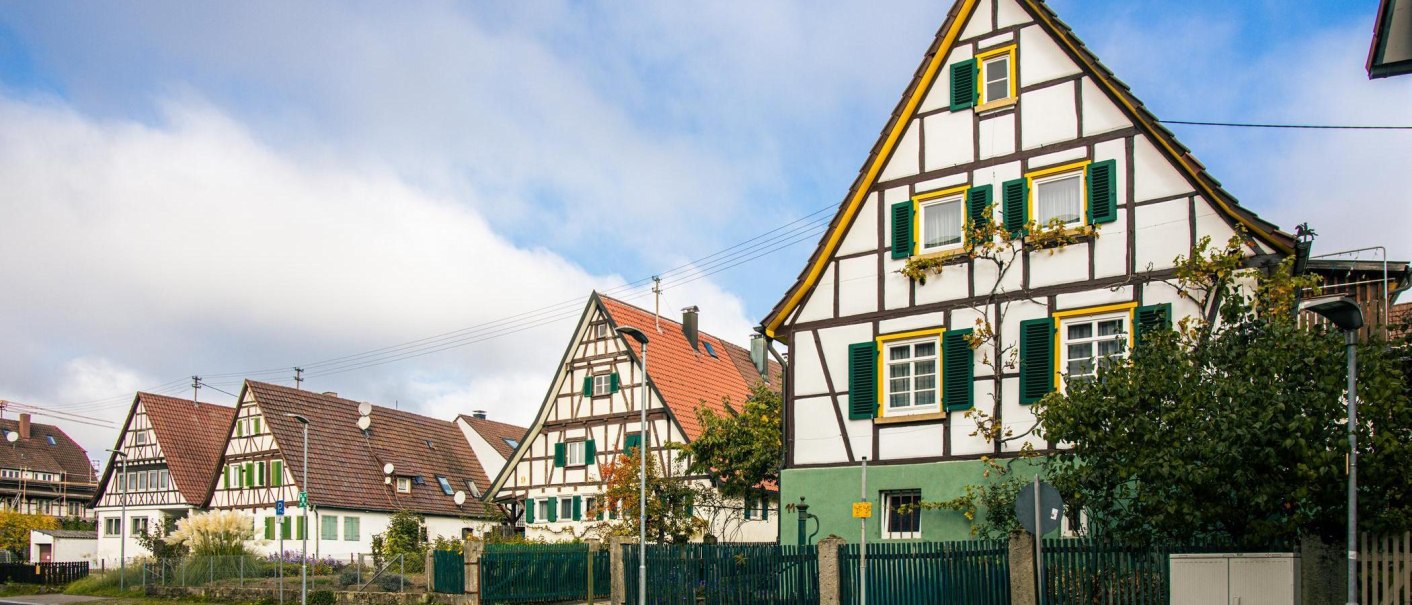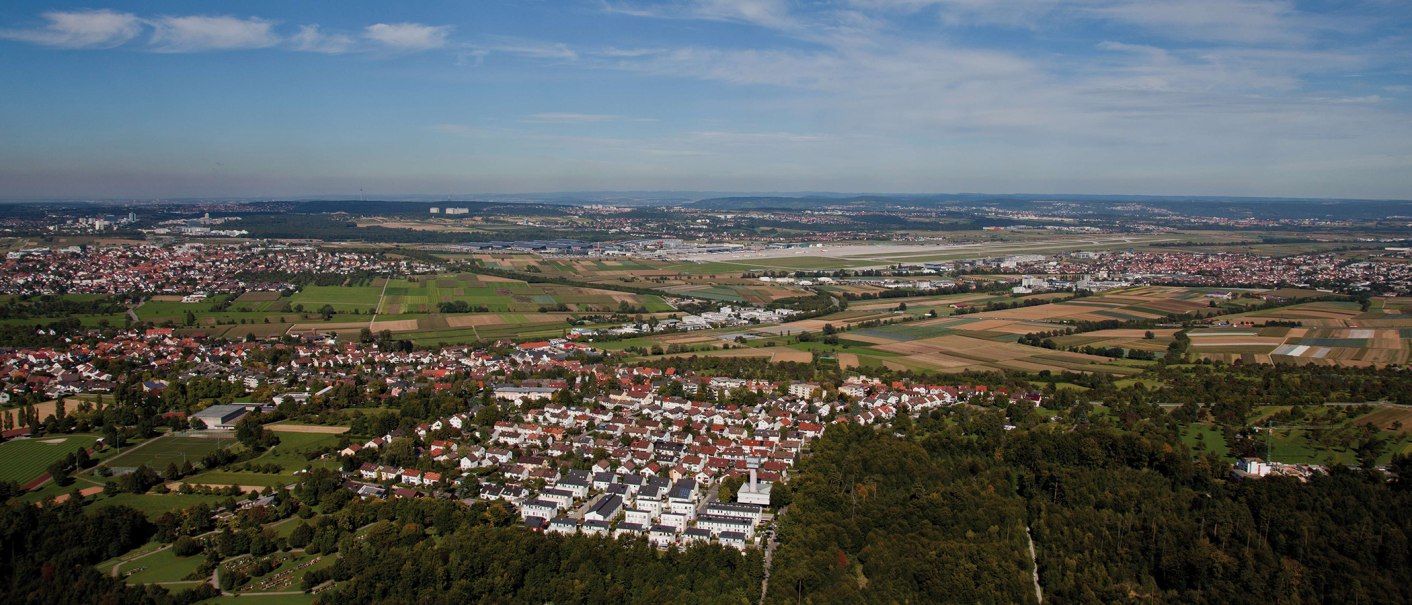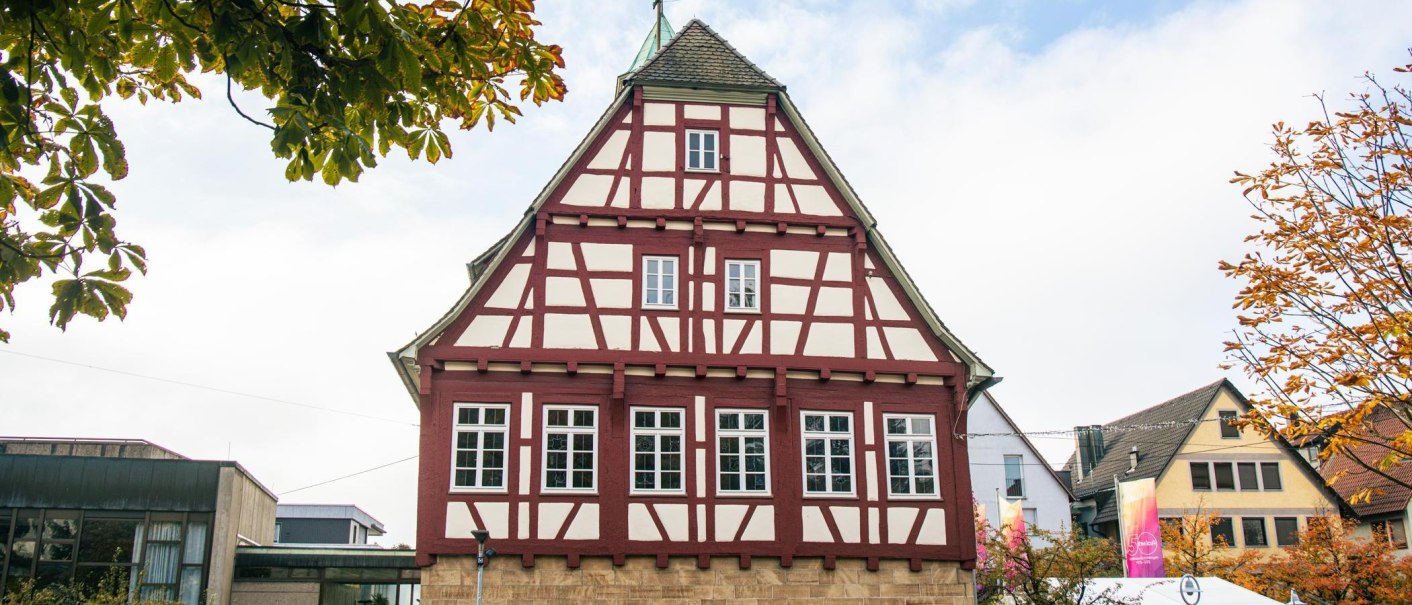Leinfelden-Echterdingen
South of Stuttgart on the Filder plain on the edge of the nature park Schönbuch.
History
First documented mentioning of the city districts: Echterdingen in the year 1185, Leinfelden in the year 1269, Musberg and Stetten in the year 1229. The name "Filder" occurs for the first time in 1229. Archeological indications of the settlement of the fruitful region go back to the early Stone Age.
With the end of the 15th century, all four Filder towns were under the state rule of Wuerttemberg. They belonged to the district of Stuttgart. The villages only slowly recovered from the bad damage that resulted from the Thirty Years' War. The famous pastor Philipp Matthäus Hahn, inventor and court mechanic of Duke Karl Eugen, worked from 1781 to his death in 1790 in Echterdingen. The name Echterdingen became known around the world in 1908 through the landing and the subsequent destruction by a storm of the airship LZ 4 of Count Zeppelin on 5 August. In April 1939 the state airport was opened on Echterdingen soil.
The city of Leinfelden-Echterdingen was created in 1975 in the course of the communal reform through the incorporation of the four communities Echterdingen, Leinfelden, Musberg and Stetten. In 1976 it was made into a large district city.





